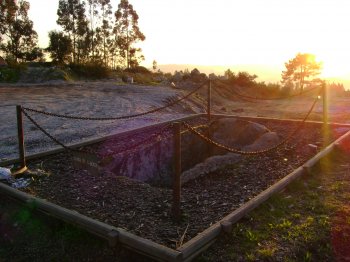Explore the best places
Heritage in Portugal
Igreja Matriz do Alandroal / Igreja de Nossa Senhora da Conceição
- heritage
Rua do Castelo
7250-110, Alandroal
Church of Manueline, Baroque and neoclassical architecture consisting of a nave and a chancel with access to the sacristy and the choir. Is inside the Castle, located near the donjon.
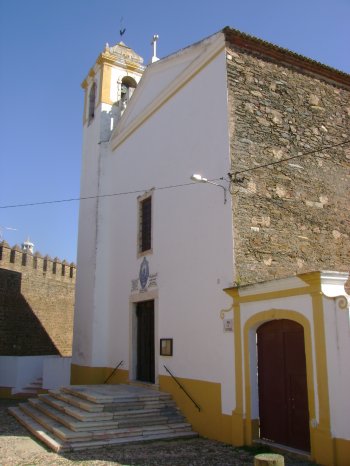
Anta de Santa Luzia
- heritage
Rosário
7250, Alandroal
Megalithic grave in some monumentality, although showing traces of destruction in the burial chamber. Is inserted in the Herdade de Santa Luzia.
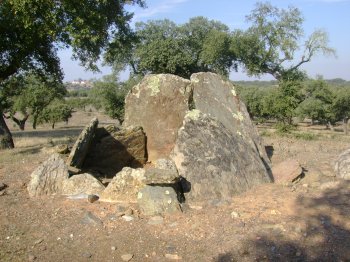
Fonte de Alandroal / Fonte Monumental da Praça
- heritage
Praça da República
7250-116, Alandroal
Baroque fountain of rectangular plant with frontispiece of pilasters crowned by fogaréus. It is located in a central point of the village, on Praça da República. Has an 18th-century coat of arms flanked by two sculptures. The source has six bicas, represented by heads and lions, styling by Spout of Sorceresses, Santo António, Boyfriends, Reis, São Pedro and São João.
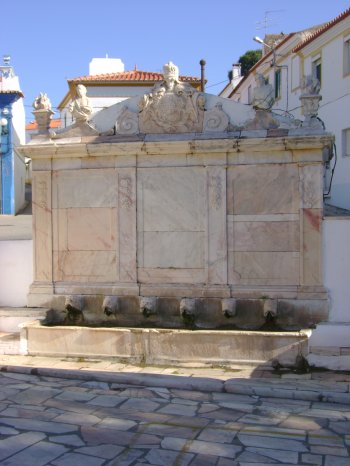
Capela da Boa-Nova / Santuário de Nossa Senhora da Assunção da Boa Nova
- heritage
Estrada da Boa Nova
7250-065, Alandroal
Founded by vote of Dona Maria, wife of Alfonso XI of Castile, this Chapel-fortress of Greek cross vaulted fully. At the top of the main façade stands the Bell Tower with a bronze Bell. The building is crowned, all around, for a Coronation of merlons and embrasures clearly defensive type. There are also murals depicting figures of Saints, according to 19th century copies, framed by stucco frames.
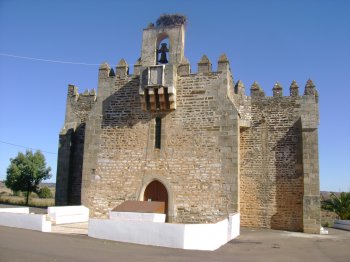
Castelo de Terena
- heritage
Largo do Castelo
7250-065, Alandroal
Located on top of a hill, this castle was the defense line of the Guadiana. Consists of a walled enclosure, with cubelos, keep and two doors, one of which is flanked by towers. The documentary version assigns this work factory to d. João I, who joined the village in the Patronage of the order of Aviz. Was very damaged with the Castilian wars and with the earthquake of 1755.
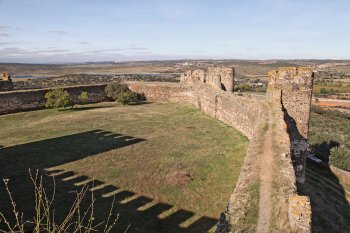
Castelo de Alandroal
- heritage
Rua Diogo Lopes Sequeira
7250-116, Alandroal
With an important medieval castle donjon. This fortification worth mentioning the door flanked by towers and a horseshoe arch, marble in the region. In the tower and chain on the door Cool there are remains of Moorish architecture and Gothic commemorative tombstones of the work. Situated on a site overlooking the town, this may be seen a beautiful landscape of the region.
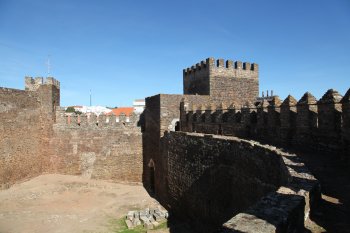
Fortaleza de Juromenha
- heritage
Juromenha
7250-242, Alandroal
Of the primitive castle of Moorish origin and later renovated by Dom Dinis, only vestiges of the fence remain. Built during the Restoration Wars, the bastion works brought down the defensive lines to the vicinity of the Guadiana River, a natural border line. Of the existing buildings, the old Chamber and the Senate House, in ruins, stand out.
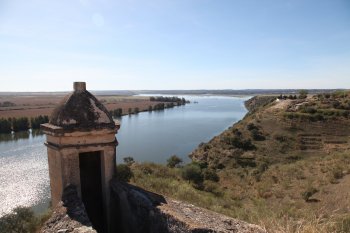
Santuário de São Bento das Peras
- heritage
Rua de São Bento - Apartado 288
4815-496, Caldas de Vizela
The shrine of St. Benedict of pears, located up the hill with the same name, the 410 m altitude, is place of pilgrimage of thousands of believers. The religious festival in honor of the patron saint of Vizela happens to July 11, with the completion of the procession and celebration of mass pitched. Is a pleasant living space. Some people still browse to the location to simply enjoy the magnificent panoramic views of the Valley of the river Vizela.
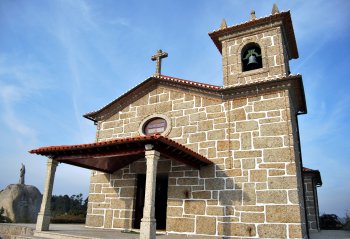
Paço de Gominhães
- heritage
Lugar do Paço
4815-438, Caldas de Vizela
Solar dated 1280, object of renovations and transformations over the centuries, referenced in carry reigns of d. João I, King John III and d. Alfonso VI. Composed of two bodies with ground floor and piano nobile, has an access gate with a stone of arms at the top. The Chapel is located away from the building being visible, in verga, an inscription that said to have been built by Pedro Vaz c. de Sousa.
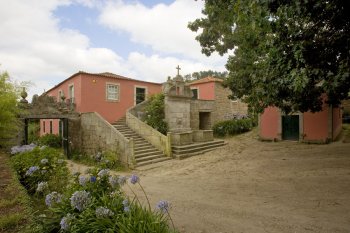
Cista de São Bento
- heritage
Rua de São Bento
4815-496, Caldas de Vizela
Roman CIST of Vizela, situated in the parish of St. Michael, more precisely in the sanctuary of St. Benedict. During the Bronze age to the iron age saw the ceremonial cremation of the bodies. The ashes that remained stored in urns, which were placed in presenters alongside smaller pots with offerings to the dead.
